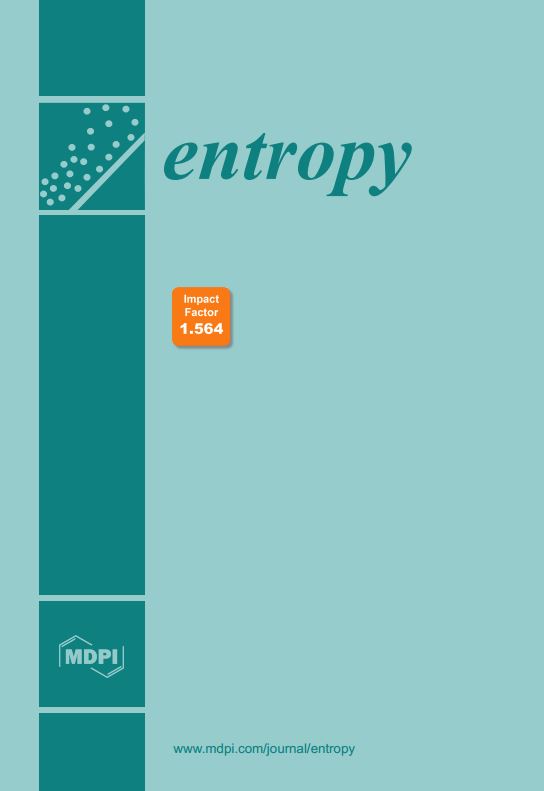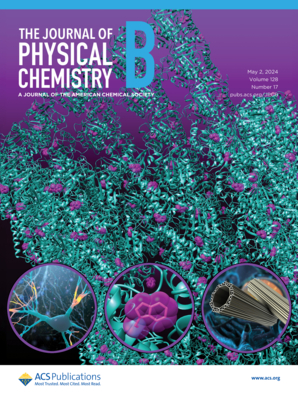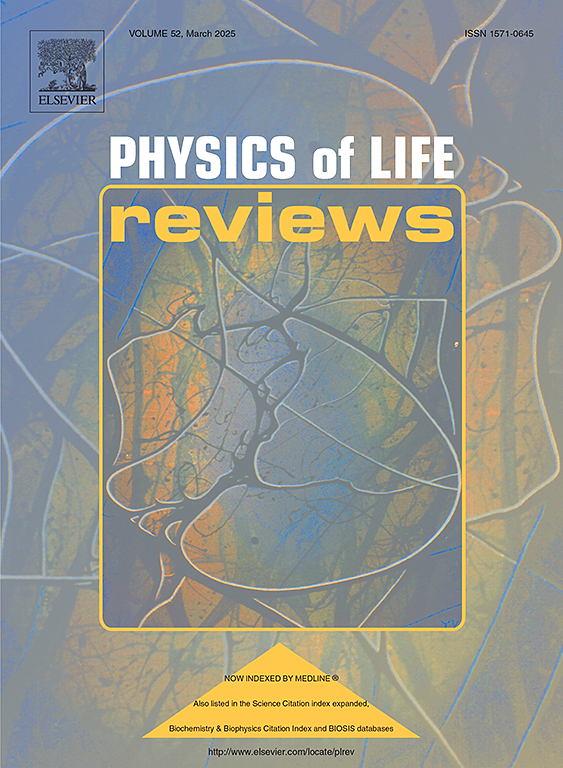Matter: Journals & Articles
Further resources, if available, can be found in our full bibliography.

"Testing the Conjecture That Quantum Processes Create Conscious Experience"
Hartmut Neven, Adam Zalcman, Peter Read, Kenneth S. Kosik, Tjitse van der Molen, Dirk Bouwmeester, Eve Bodnia, Luca Turin, Christof Koch
The origins of conscious experience remain elusive, despite increased interest due to advancements in AI. This article proposes that consciousness arises from quantum mechanical superpositions, suggesting that their structure influences the quality of experiences. It also addresses the binding problem and agency. A research program is outlined to experimentally test this theory, potentially leading to enhanced human consciousness through brain-quantum computer interfaces.

"Ultraviolet Superradiance from Mega-Networks of Tryptophan in Biological Architectures"
N. S. Babcock, G. Montes-Cabrera, K. E. Oberhofer, M. Chergui, G. L. Celardo, P. Kurian
This article examines tryptophan (Trp) networks in biological systems, focusing on how ultraviolet (UV) excitation influences these structures and enhances fluorescence quantum yield (QY). The researchers reveal that organized Trp architectures can create superradiant states, which improve cellular signaling and control. While Trp’s roles as a metabolic precursor and fluorescent reporter are well-studied, the implications of large Trp networks for biosystems are less understood. Their findings suggest these networks might facilitate UV light sensing and energy transfer, potentially playing protective roles in conditions like Alzheimer’s disease. Overall, this research opens new avenues for understanding cellular mechanisms and applications in biophysics and synthetic biology.

"Consciousness in the Universe: A Review of the 'Orch OR' Theory"
Stuart Hameroff, Roger Penrose
This paper explores the complex nature of consciousness and its connection to brain function and the universe. In the 1990s, the authors proposed that consciousness arises from unique quantum processes in microtubules–tiny structures within brain cells. These processes help coordinate brain activity and lead to moments of awareness and decision-making. They focus on a specific idea called “objective reduction,” which suggests that quantum states evolve and collapse in ways tied to both physics and the fabric of space-time. The authors review critiques and recent advancements in related fields like quantum biology and neuroscience. Additionally, they introduce the idea that vibrations within microtubules may relate to brain wave patterns linked to consciousness. Ultimately, the paper argues that consciousness is fundamentally important to one’s understanding of the universe.
Photo Credit: Aerial photo of Yellowstone National Park; Dam Meyers/Unsplash